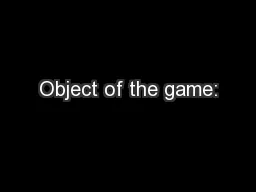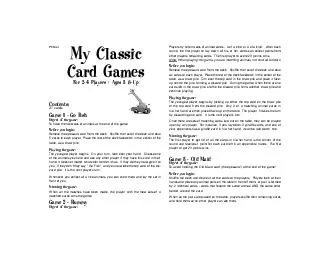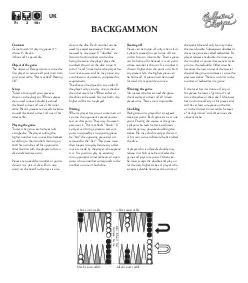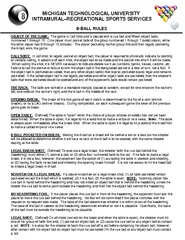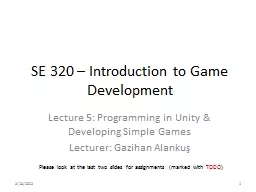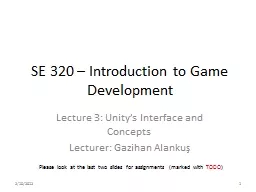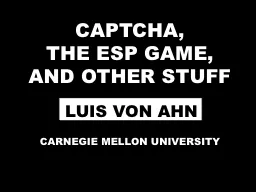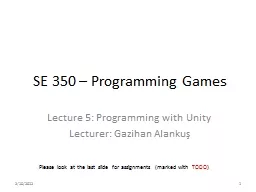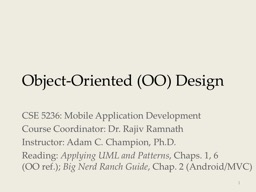PDF-Object of the game:
Author : test | Published Date : 2016-03-14
For 38 players Reach the Finish before any other player Game play Players move ahead on the board by taking tricks one by one or by playing a DING Players can opt
Presentation Embed Code
Download Presentation
Download Presentation The PPT/PDF document "Object of the game:" is the property of its rightful owner. Permission is granted to download and print the materials on this website for personal, non-commercial use only, and to display it on your personal computer provided you do not modify the materials and that you retain all copyright notices contained in the materials. By downloading content from our website, you accept the terms of this agreement.
Object of the game:: Transcript
Download Document
Here is the link to download the presentation.
"Object of the game:"The content belongs to its owner. You may download and print it for personal use, without modification, and keep all copyright notices. By downloading, you agree to these terms.
Related Documents

